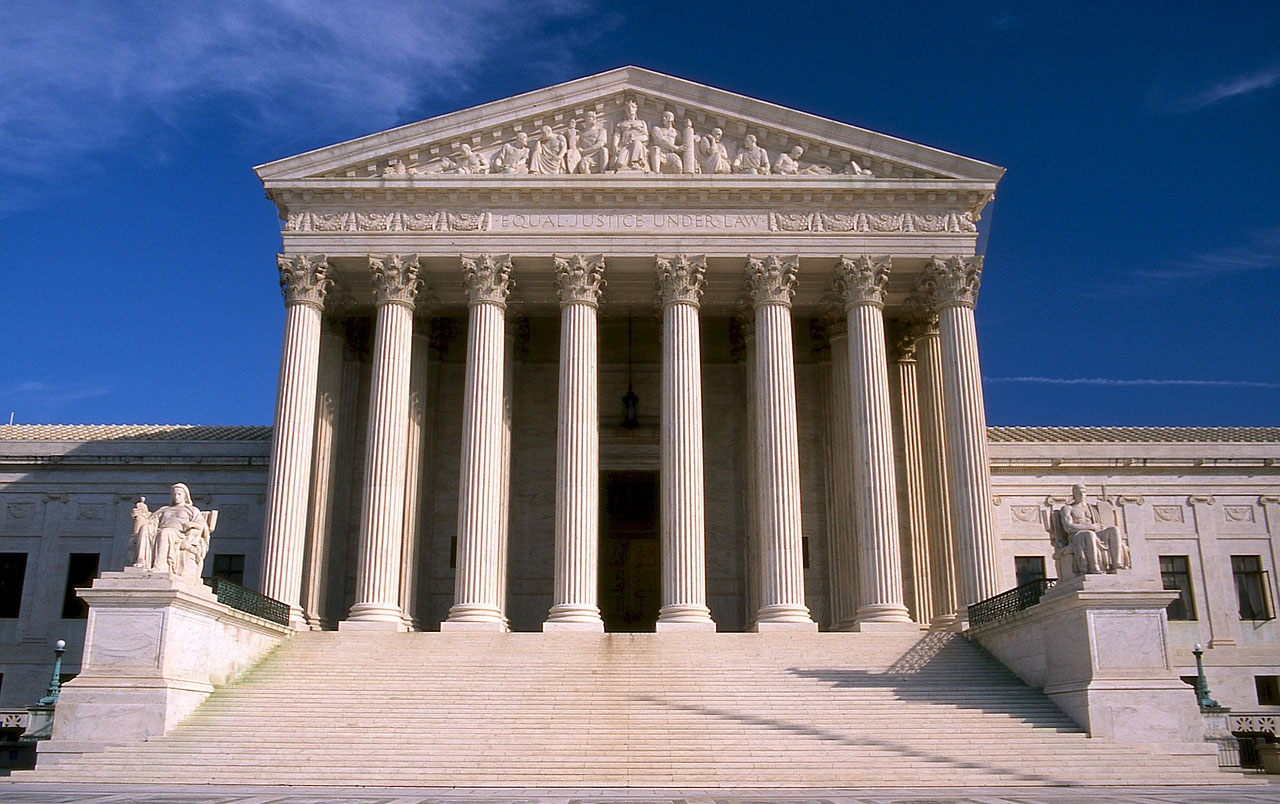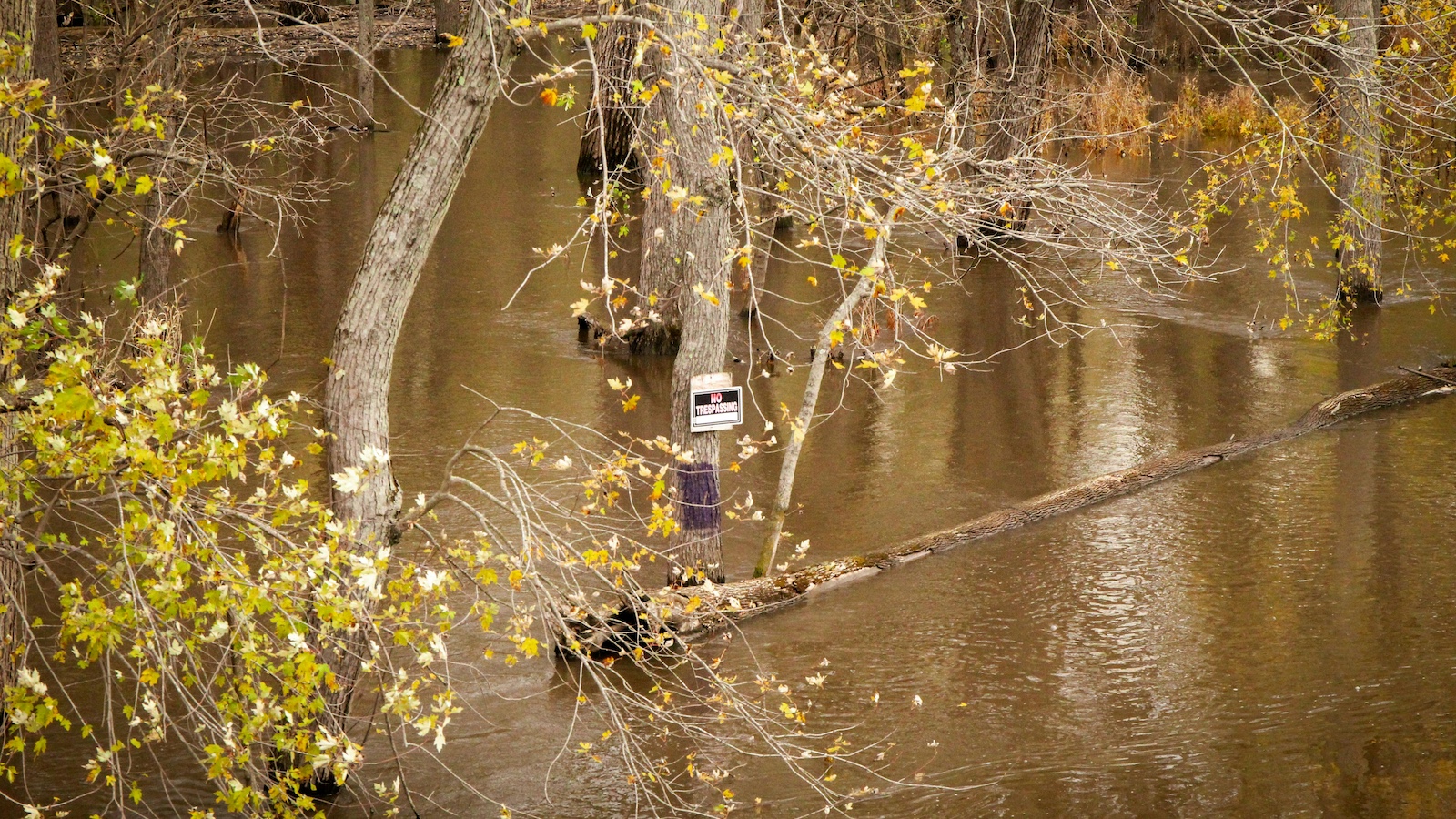On Jan. 7, 2020, the California Supreme Court heard oral arguments in Montrose v. Superior Court, 14 Cal App. 5th 1306, 2017. The issue in the underlying continuous environmental contamination damage claim is whether the upper excess layer of coverage should participate in funding only after all directly underlying excess coverage during the coverage continuum exhausts. This is known as horizontal exhaustion.
On April 6, 2020, the California Supreme Court ruled in Montrose’s favor, finding that vertical exhaustion is appropriate.
On my very first day at Admiral Insurance, ove,r 26 years ago, the first claim I reviewed involved the Stringfellow Acid Pits Superfund Site in California. Admiral’s insured, Montrose Chemical, was a major contributor of toxic wastes to the site and a major target of the EPA. I had the opportunity to attend oral arguments before the California Supreme Court in the subsequent coverage litigation against Admiral which is the subject of this article.
One can only speculate about how many hundreds of millions of dollars of transaction costs were paid, i.e. attorney fees and other expenses, arising from the many underlying claims against Montrose, including Stringfellow, and the ensuing coverage litigation against Admiral and Montrose’s other insurers.
In July 1995 (modified Aug. 31, 1995), the California Supreme Court in Montrose Chemical Corporation v. Admiral Insurance Company, 10 Cal. 4th 645, turned the concept of fortuity on its head, eventually compelling the insurance industry to respond with significant policy modifications.
It’s Fundamental - Known Loss and Fortuity
The concept of fortuity, or chance, is the cornerstone of insurance and its operation. Individual losses must be unpredictable and, through the magic of the law of large numbers, these individual losses collectively must be predictable.
Unless a loss is fortuitous, it is not insurable. Otherwise, those who knew a loss would occur or could somehow influence the occurrence would buy insurance and those who knew that a loss would not occur would not buy it. This “adverse selection” plays havoc with sound actuarial predictions.
It is that simple. Or is it?
Montrose v Admiral affected the principle of known loss and caused the insurance industry to react with a variety of “Montrose Exclusion” endorsements and the Insurance Services Office to change the insuring agreement in the CGL policy. Its impact was, and still is, felt beyond California’s borders.
Montrose v. Admiral involved underlying environmental contamination claims and insurance coverage. The court’s rulings cast a wide net that affected construction defect claims, as well. The underlying litigation involved several claims against Montrose, referred to as “the Stringfellow cases” and the “the Levin Metals cases.” This article will focus on Stringfellow.
Montrose Chemical manufactured DDT, dichloro-diphenyltrichlorethane, a very effective pesticide, at its plant in Torrance, CA, from 1947 until 1982. (I visited the site in the mid-'90s and vividly recall the eerie fenced-in property with skull and crossbones warning.) In August 1982, the company received a PRP (potentially responsible party) letter from the Environmental Protection Agency, followed by a lawsuit, with respect to contamination and response costs at the Stringfellow Acid Pits site. The Admiral policies commenced in October 1982 and expired in March 1986.
The Stringfellow site opened in 1956 and closed in 1972. James “Jimmy” Stringfellow owned the site and operated Stringfellow Quarry. He was approached twice by the State of California in 1955 to use the property as a hazardous waste disposal site. Stringfellow declined twice. But the third time was a charm. State officials touted the property as “a ‘natural’ for a waste disposal site because it was underlain by impermeable rocks.” They weren’t. State investigations conducted the investigation and designed the dump site. But not very well. In fact, in the subsequent complex litigation, United States v. Stringfellow, the special master, in the State Share Fact Finding Hearing, called the state’s conduct “grossly negligent, if not reckless.”
Chemical wastes generated by Montrose at its plant were deposited at Stringfellow between 1968 and 1972, when Montrose paid a hauling company to transport byproducts of its DDT manufacturing process to the state-approved and licensed disposal facility. As early as 1970, toxic wastes were detected seeping from the site, and in 1975 the Santa Ana Regional Water Quality Control Board declared the site a public nuisance.
According to the allegations in the CERCLA complaint, the property damage began in 1956 and continued throughout the periods when Admiral’s CGL policies issued to Montrose were in effect.
The following chronology is helpful to understand the coverage issues:
1947 -- Montrose began manufacturing DDT
1956 -- Stringfellow Acid Pits opened
1968 -- Montrose began depositing DDT wastes
1970 -- Toxic wastes seeping from site detected
1972 -- Stringfellow closed
1982 -- Montrose ceased manufacturing DDT
8/31/82 -- EPA notified Montrose that it was a PRP
10/13/82 -- 3/20/86 Effective dates of Admiral policies
In applying a continuous trigger, the California Supreme Court ruled that it is when the property damage occurs that determines which policy(s) is triggered. In the case of continuous and progressive property damage or bodily injury, all of the policies in effect at the time the damage or injury occurs are triggered. Of course, determining when property damage, caused by contamination that is continuous and latent, begins and ends is not easy.
See also: P&C Insurance Is Losing Importance
Essentially, at issue was the termination date of the triggered period relative to the timing of the Admiral policies. Given the dates of operations, the termination of which occurred before the first Admiral policy, and the manifestation of the contamination occurring before the Admiral policy (certainly no later than Montrose’s receipt of the PRP letter), it seemed reasonable to conclude that any trigger period should not extend beyond the date of the PRP letter. At that point, the loss became known and was not insurable.
But the court saw it another way:
According to Admiral, Montrose's knowledge of the problems at the Stringfellow site defeats coverage. In particular, Admiral points to the fact of Montrose's receipt of the PRP letter from the EPA on Aug. 31, 1982, prior to the inception of the first of Admiral's four successive CGL policies issued to Montrose. Admiral misses the point. The PRP notice is just what its name suggests -- notice that the EPA considered Montrose a "potentially" responsible party. While it may be true that an action to recover cleanup costs was inevitable as of that date, Montrose's liability in that action was not a certainty. There was still a contingency, and the fact that Montrose knew it was more probable than not that it would be sued (successfully or otherwise) is not enough to defeat the potential of coverage (and, consequently, the duty to defend).
Citing the “loss-in-progress rule as codified in sections 22 and 250,” the court asserted that the loss in question in a liability policy is legal liability and that known liability is not insurable. When liability is known occurs when liability is “established” with certainty:
"We therefore hold that, in the context of continuous or progressively deteriorating property damage or bodily injury insurable under a third party CGL policy, as long as there remains uncertainty about damage or injury that may occur during the policy period and the imposition of liability upon the insured, and no legal obligation to pay third party claims has been established, there is a potentially insurable risk within the meaning of sections 22 and 250 for which coverage may be sought. Stated differently, the loss-in-progress rule will not defeat coverage for a claimed loss where it had yet to be established, at the time the insurer entered into the contract of insurance with the policyholder, that the insured had a legal obligation to pay damages to a third party in connection with a loss."
Montrose's receipt of the PRP letter prior to its purchase of Admiral's policies did not establish any legal obligation to pay damages or cleanup costs in connection with the contamination at the Stringfellow site, such as would implicate the loss-in-progress rule and preclude Montrose from seeking to obtain the liability coverage sought. The PRP letter did no more than formally place Montrose on notice of the government's asserted position and initiate proceedings that could result in subsequent findings and orders.
In this author’s opinion, the court pushed the envelope in its interpretation of what constitutes a contingent or unknown event in the context of liability coverage. The court concedes that “an action to recover cleanup costs (may have been) inevitable” at the time Montrose received the PRP letter, yet defines the contingency underlying the fortuity principle only in the context of the establishment of legal liability and not the happening of the event, i.e. the discharge of hazardous wastes at the site, which initiated the PRP letter being sent to Montrose in the first place, followed by the probable inevitability of liability being established and damages awarded.
The insurance policies at issue provide coverage for damages the policyholder is legally obligated to pay as a result of an occurrence. If the analysis were to stop here, and if one accepts the court’s depiction of the contingency that underlies fortuity and insurability as the establishment of legal liability as opposed to the event that ultimately led to the establishment of legal liability, the ruling seems reasonable.
However, the analysis cannot stop here. In addition to coverage for the legal liability of the insured to pay damages, the policy also provides another vital type of coverage, and that is defense. The insurer’s obligation to defend does not depend on a finding of legal liability. Rather, it is “triggered” when there is a potential that an insured can be found legally liable, and the defense obligation commences when a suit, or its equivalent, is served upon the insured. So, if a PRP letter is tantamount to a suit the defense obligation would be triggered.
However, Montrose received a PRP letter prior to the inception of the Admiral policy. With respect to defense coverage, there was no longer a contingency. The obligation to defend existed prior to a finding of liability and was triggered at the time Montrose received the PRP letter unless this occurred prior to the inception of the Admiral policy. It did.
CA Ins. Code, § 22, defines "insurance" as a "contract whereby one undertakes to indemnify another against loss, damage or liability arising from a contingent or unknown event." The court rewrote the law by restricting, in a liability policy, the contingent or unknown event to the establishment of legal liability rather than the event that resulted in legal liability and despite the fact that insurance defense coverage is triggered long before a formal finding of liability. The subject of the code, the event, resulted in the receipt by Montrose of the PRP letter. As of the date of the policy, which is after the receipt of the PRP letter by Montrose, the event, otherwise triggering a duty to defend, is no longer contingent and, therefore, no longer insurable.
The court cast its net broadly and specifically brought construction defect claims within its decision by nullifying the previously applied manifestation trigger in such claims. The industry first reacted with a variety of so-called “Montrose exclusions,” and ISO subsequently amended the insuring agreement in the CGL policy. The manuscripted exclusions varied but the common thrust was that losses in progress (known and, sometimes, unknown) were not covered. ISO modified the insuring agreement to preclude coverage for known losses and was less draconian than the “known and unknown” version of the “Montrose exclusions.” As to the former, the burden is on the insured to demonstrate a potential for coverage. In the case of the exclusion, the insurer has the burden to demonstrate that the loss is excluded.
The intent of the “Montrose exclusions” was simply to limit coverage in the case of one occurrence to the first policy during which the property damage or bodily injury first began. Neither the manuscripted exclusions nor the ISO modification are a “one size fits all” remedy to the Montrose court’s corruption of the fundamental insurance principles of fortuity and known loss. Application of either requires a (very) fact-intensive analysis within the context of the duty to defend (“potential” criterion) versus the duty to indemnify (“actual” criterion), and the differences between them.
See also: 10 Tips for Moving Online in COVID World
Some factors to consider when handling these types of claims:
- What are the underlying facts? What is the insured’s role in the cause of the injury or damage?
- Bodily injury or property damage? What is the injury or damage process? For example, the injury process of asbestos is different than the damage process of construction defects.
- What is the trigger of coverage? Continuous, exposure, injury-in fact and their variations?
- Number of occurrences? Is it the cause or the effect that determines the number of occurrences? Are there additional factors that affect a cause application, i.e. timing of the injury or damage, number of products, trades, homes, claimants, etc.?
- Are there multiple effects of the same cause, or are the effects the same? Does the “sameness test” affect the number of occurrences even if there is a single cause and the loss occurred in a “cause state”?
- While injury or damage may precede the policy inception, did the insured's product or work contribute to the existing injury after policy inception?
Any views expressed here are mine and do not necessarily represent the views of Admiral Insurance Group or any of its affiliates.






